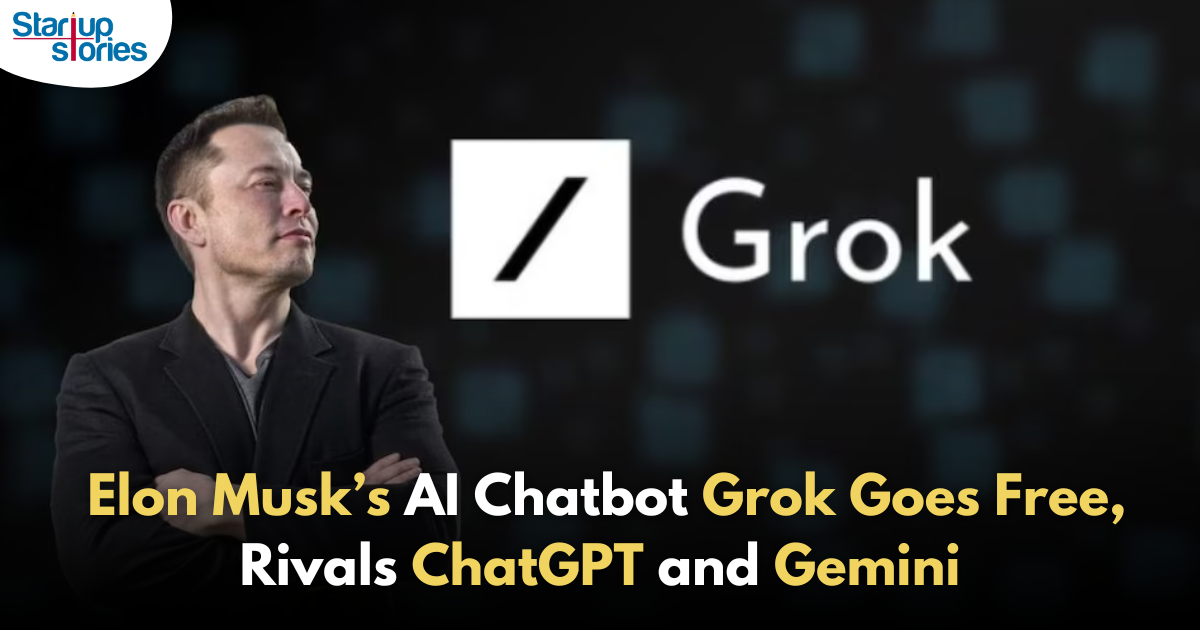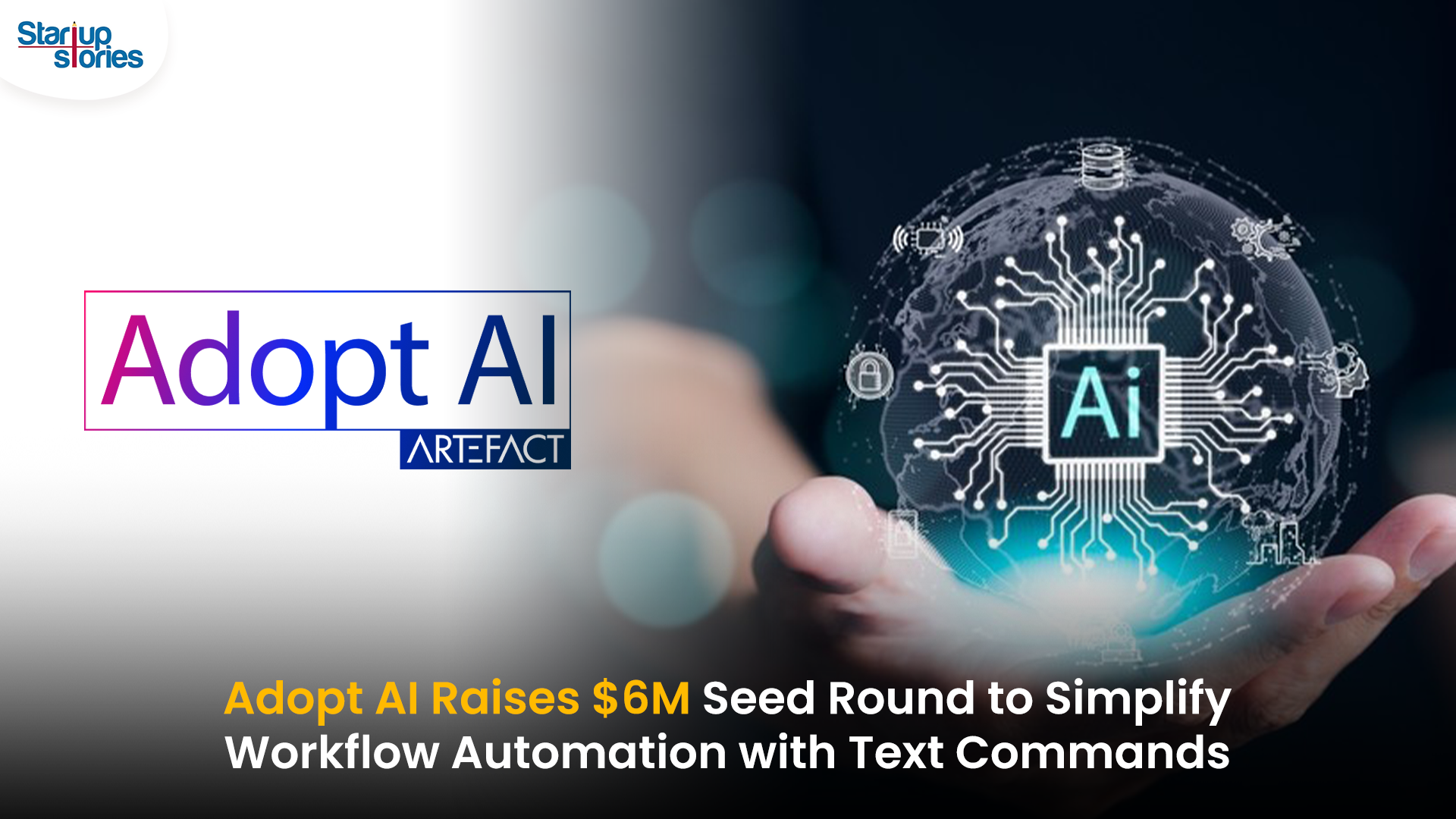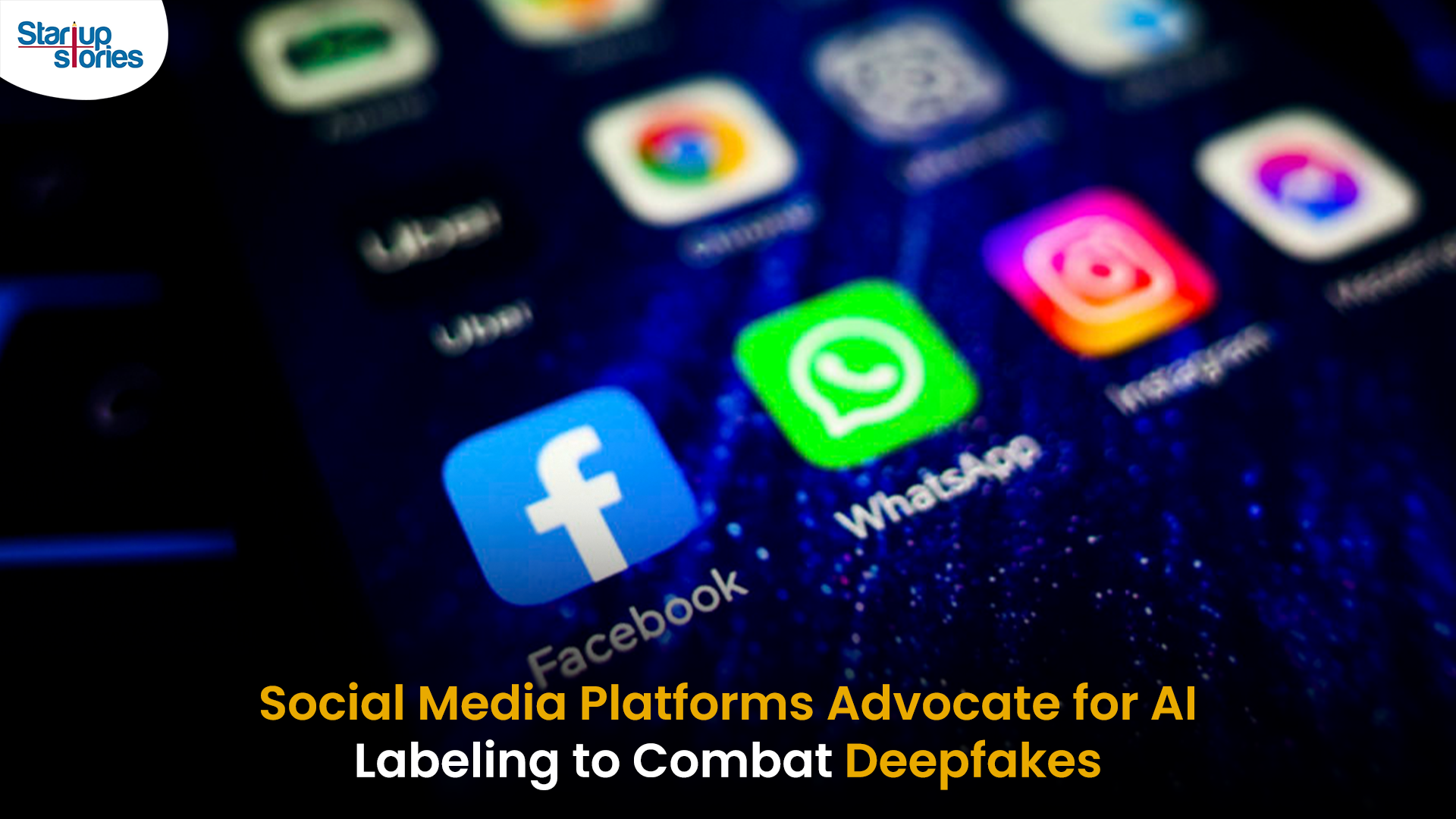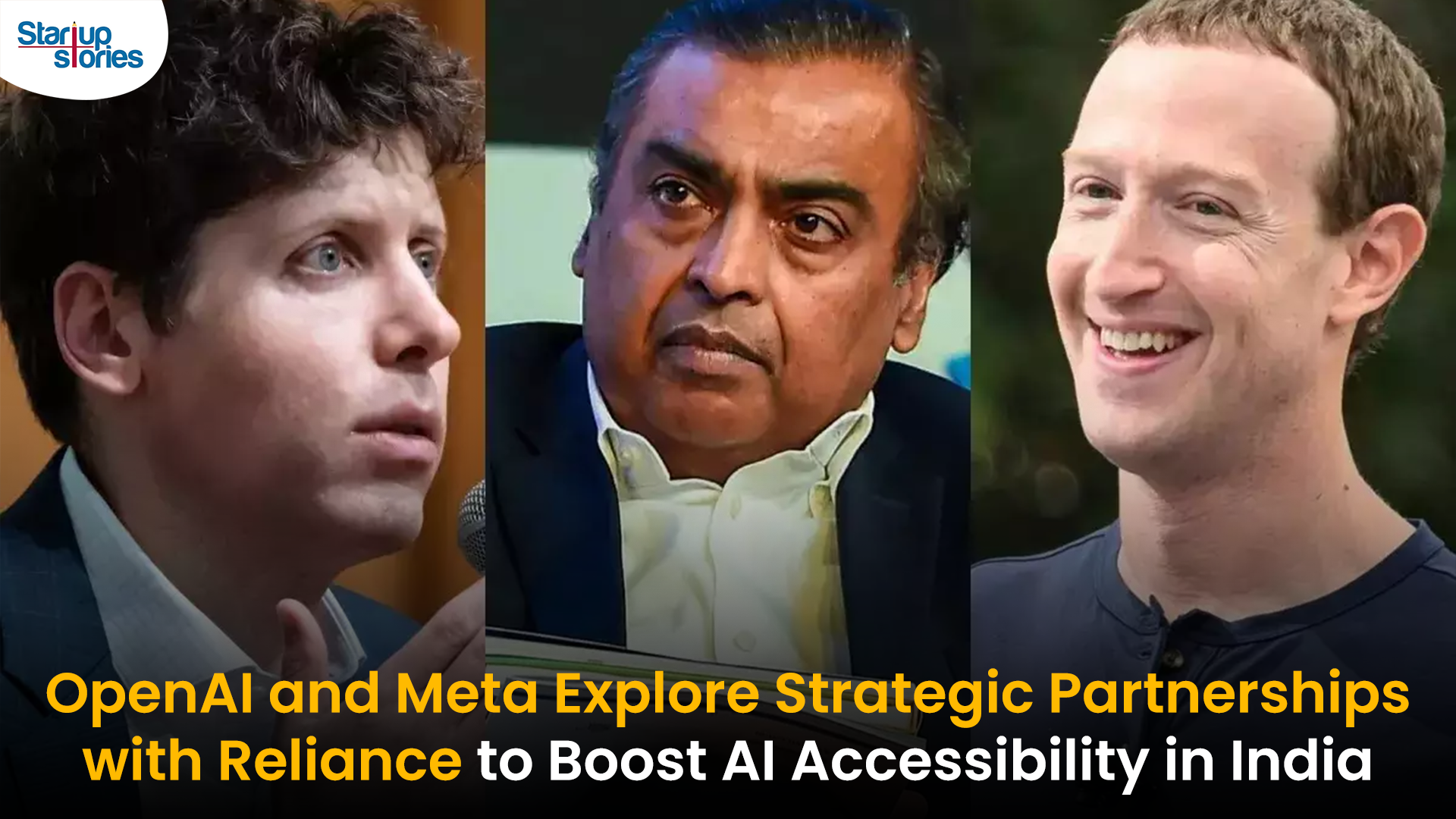Artificial Intelligence
Elon Musk’s xAI Unveils Aurora: A Powerful, Unrestricted Image Generator!

Elon Musk’s AI venture, xAI, has taken another significant step with the launch of Aurora, a powerful image generation model. This new tool, accessible through the Grok AI assistant on X (formerly Twitter), allows users to create highly detailed and realistic images based on a wide range of prompts.
Key Features of Aurora
- Unrestricted Image Generation: What sets Aurora apart is its lack of restrictions. Unlike many other AI image generators that impose limitations on the types of images that can be generated, Aurora can produce images of copyrighted characters, real-world figures, and even violent scenes. However, all images generated by Aurora are watermarked to maintain transparency.
- Photorealistic Capabilities: Aurora is designed to create photorealistic images, making it competitive with existing models like OpenAI’s DALL·E 3. Users have reported impressive results, including lifelike depictions and intricate details.
- Beta Stage: While Aurora has impressed users with its capabilities, it is still in its beta stage. This means that performance may fluctuate, and some features may be subject to change. Early reports indicate that some users experienced temporary access issues, suggesting that xAI is actively refining the model and addressing technical challenges.
User Experience and Feedback
Initial user feedback has been largely positive, with many praising Aurora’s ability to generate high-quality images. However, there have been reports of unusual artifacts in some images, such as unnatural proportions or blending issues.
Future Developments
The future of xAI and Aurora looks promising. Following a recent $6 billion funding round, xAI is well-positioned to continue developing cutting-edge AI technologies. The company is also working on a standalone Grok app, which is expected to incorporate advanced features like the Grok 3 model and potentially further enhancements to Aurora.
Elon Musk has confirmed that “Aurora is still in beta and will improve very fast,” indicating ongoing development efforts aimed at enhancing the model’s capabilities and user experience.
Ethical Considerations
As AI continues to evolve, tools like Aurora have the potential to revolutionize creative industries and spark new forms of artistic expression. However, it’s crucial to use these tools responsibly and ethically, ensuring they are employed for positive purposes while respecting copyright laws and community standards.
Conclusion
Aurora represents a significant advancement in AI image generation technology. By offering unrestricted capabilities alongside photorealistic outputs, xAI aims to carve out a niche in the competitive landscape of AI tools. As the model continues to develop and expand its features, it could become a valuable asset for artists, designers, and content creators looking for innovative ways to express their ideas visually.
Artificial Intelligence
Adopt AI Secures $6 Million to Power No-Code AI Agents for Business Automation

Adopt AI, a San Jose and Bengaluru-based agentic AI startup, has raised $6 million in seed funding led by Elevation Capital, with participation from Foster Ventures, Powerhouse Ventures, Darkmode Ventures, and angel investors. The funding will be used to expand the company’s engineering and product teams and to scale enterprise deployments of its automation platform.
Founded by Deepak Anchala, Rahul Bhattacharya, and Anirudh Badam, Adopt AI offers a platform that lets businesses automate workflows and execute complex actions using natural language commands, without needing to rebuild existing systems. Its core products include a no-code Agent Builder, which allows companies to quickly create and deploy AI-driven conversational interfaces, and Agentic Experience, which replaces traditional user interfaces with text-based commands.
The startup’s technology is aimed at SaaS and B2C companies in sectors like banking and healthcare, helping them rapidly integrate intelligent agent capabilities into their applications. Adopt AI’s team includes engineers from Microsoft and Google, with Chief AI Officer Anirudh Badam bringing over a decade of AI experience from Microsoft.
The company has also launched an Early Access Program to let businesses pilot its automation solution and collaborate on new use cases.
Artificial Intelligence
Social Media Platforms Push for AI Labeling to Counter Deepfake Risks

Social media platforms are intensifying efforts to combat the misuse of deepfake technology by advocating for mandatory AI labeling and clearer definitions of synthetic content. Deepfakes, created using advanced artificial intelligence, pose significant threats by enabling the spread of misinformation, particularly in areas like elections, politics, and personal privacy.
Meta’s New Approach
Meta has announced expanded policies to label AI-generated content across Facebook and Instagram. Starting May 2025, “Made with AI” labels will be applied to synthetic media, with additional warnings for high-risk content that could deceive the public. Meta also requires political advertisers to disclose the use of AI in ads related to elections or social issues, aiming to address concerns ahead of key elections in India, the U.S., and Europe.
Industry-Wide Efforts
Other platforms like TikTok and Google have introduced similar rules, requiring deepfake content to be labeled clearly. TikTok has banned deepfakes involving private figures and minors, while the EU has urged platforms to label AI-generated media under its Digital Services Act guidelines.
Challenges Ahead
Despite these measures, detecting all AI-generated content remains difficult due to technological limitations. Experts warn that labeling alone may not fully prevent misinformation campaigns, especially as generative AI tools become more accessible.
Election Implications
With major elections scheduled in 2025, experts fear deepfakes could exacerbate misinformation campaigns, influencing voter perceptions. Social media platforms are under pressure to refine their policies and technologies to ensure transparency while safeguarding free speech.
Artificial Intelligence
Transforming India’s AI Landscape: OpenAI and Meta’s Collaborative Talks with Reliance Industries

OpenAI and Meta Platforms are reportedly in discussions with India’s Reliance Industries to explore potential partnerships aimed at enhancing their artificial intelligence (AI) offerings in the country. This development underscores India’s growing significance in the global AI landscape.
Key Aspects of the Discussions
- Partnership with Reliance Jio: One of the main focuses is a potential collaboration between Reliance Jio and OpenAI to facilitate the distribution of ChatGPT in India. This could enable wider access to advanced AI tools for businesses and consumers, leveraging Reliance’s extensive telecommunications network.
- Subscription Price Reduction: OpenAI is considering reducing the subscription cost for ChatGPT from $20 to a more affordable price, potentially just a few dollars. While it is unclear if this has been discussed with Reliance, such a move could significantly broaden access to AI services for various user demographics, including enterprises and students.
- Infrastructure Development: Reliance has expressed interest in hosting OpenAI’s models locally, ensuring that customer data remains within India. This aligns with data sovereignty regulations and addresses growing concerns about data privacy. A planned three-gigawatt data center in Jamnagar, Gujarat, is expected to serve as a major hub for these AI operations.
Market Implications
These potential partnerships reflect a broader trend among international tech firms aiming to democratize access to AI technologies in India. If successful, they could reshape India’s AI ecosystem and accelerate adoption across various sectors. As negotiations continue, stakeholders are closely monitoring how these alliances may impact India’s technological landscape and its position as a leader in AI innovation.














drover sointeru
December 31, 2024 at 1:42 am
I went over this website and I think you have a lot of good information, saved to favorites (:.
Dannielle Guzik
April 15, 2025 at 2:27 am
F*ckin¦ awesome things here. I¦m very glad to peer your post. Thank you a lot and i’m looking forward to contact you. Will you kindly drop me a e-mail?
best binance referral code
April 24, 2025 at 9:17 pm
I don’t think the title of your article matches the content lol. Just kidding, mainly because I had some doubts after reading the article.
5bo1p
June 6, 2025 at 8:10 am
can you buy generic clomid for sale get clomiphene without rx where to buy clomid pill how to buy clomiphene no prescription where can i get cheap clomid without dr prescription how can i get generic clomid without prescription order clomid without rx
binance registration
June 20, 2025 at 5:17 pm
Thanks for sharing. I read many of your blog posts, cool, your blog is very good.
Karissa Destephano
June 30, 2025 at 6:34 am
I was suggested this website by my cousin. I’m not sure whether this post is written by him as nobody else know such detailed about my difficulty. You are wonderful! Thanks!
find
July 11, 2025 at 8:36 pm
Keep up the great work, I read few posts on this website and I think that your weblog is very interesting and holds circles of good info .
situs toto
August 21, 2025 at 8:01 am
I have been browsing online greater than three hours today, yet I never found any interesting article like yours. It is lovely price enough for me. In my view, if all webmasters and bloggers made excellent content as you probably did, the web can be a lot more helpful than ever before.
ayuda PFG arquitectura
August 24, 2025 at 9:28 pm
I will immediately snatch your rss feed as I can not to find your email subscription hyperlink or e-newsletter service. Do you have any? Please allow me know in order that I could subscribe. Thanks.
ayuda PFC arquitectura
August 24, 2025 at 11:28 pm
We stumbled over here by a different web page and thought I may as well check things out. I like what I see so now i am following you. Look forward to looking at your web page yet again.
luxury women's perfume online
September 20, 2025 at 7:46 am
As a Newbie, I am constantly exploring online for articles that can help me. Thank you
check it out
October 17, 2025 at 5:16 am
I’m not that much of a online reader to be honest but your blogs really nice, keep it up! I’ll go ahead and bookmark your site to come back down the road. All the best
Kuwin
November 5, 2025 at 8:56 pm
kuwin sở hữu kho game đa dạng từ slot đến trò chơi bài đổi thưởng, mang đến cho bạn những giây phút giải trí tuyệt vời.
Pink Salt Trick for Weight Loss
November 9, 2025 at 2:56 pm
You actually make it seem so easy with your presentation however I find this topic to be really one thing which I feel I might by no means understand. It sort of feels too complicated and very extensive for me. I’m having a look forward in your subsequent publish, I will try to get the dangle of it!
FemiPro
November 10, 2025 at 2:31 am
When I initially commented I clicked the “Notify me when new comments are added” checkbox and now each time a comment is added I get four e-mails with the same comment. Is there any way you can remove people from that service? Thank you!
Carolyne Verrue
November 10, 2025 at 11:43 am
Wow! This can be one particular of the most useful blogs We’ve ever arrive across on this subject. Basically Excellent. I am also a specialist in this topic so I can understand your effort.
J88
November 10, 2025 at 1:50 pm
Đến với J88, bạn sẽ được trải nghiệm dịch vụ cá cược chuyên nghiệp cùng hàng ngàn sự kiện khuyến mãi độc quyền.
ios超级签
November 11, 2025 at 2:45 am
苹果签名,苹果超级签平台,ios超级签平台ios超级签苹果企业签,苹果超级签,稳定超级签名
nextogel
November 12, 2025 at 5:48 pm
I’ve been browsing online greater than 3 hours these days, yet I by no means found any fascinating article like yours. It is lovely worth enough for me. Personally, if all site owners and bloggers made just right content as you probably did, the web will likely be much more helpful than ever before.
MM88
November 13, 2025 at 3:29 pm
Khám phá thế giới giải trí trực tuyến đỉnh cao tại MM88, nơi mang đến những trải nghiệm cá cược thể thao và casino sống động.
judi bola
November 14, 2025 at 12:56 am
I appreciate, cause I found exactly what I was looking for. You’ve ended my 4 day long hunt! God Bless you man. Have a nice day. Bye
iwin
November 17, 2025 at 12:10 am
iwin – nền tảng game bài đổi thưởng uy tín, nơi bạn có thể thử vận may và tận hưởng nhiều tựa game hấp
MM88
November 29, 2025 at 2:57 pm
Với giao diện mượt mà và ưu đãi hấp dẫn, MM88 là lựa chọn lý tưởng cho các tín đồ giải trí trực tuyến.